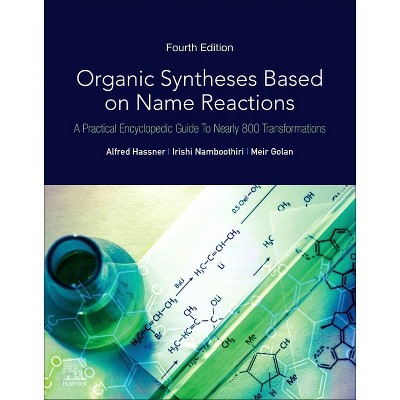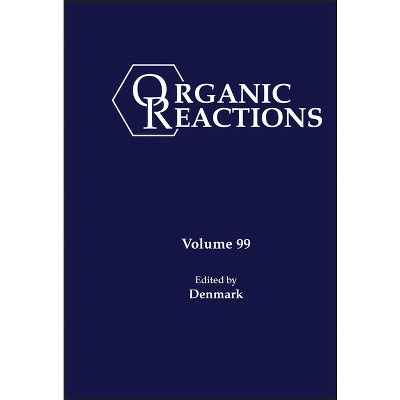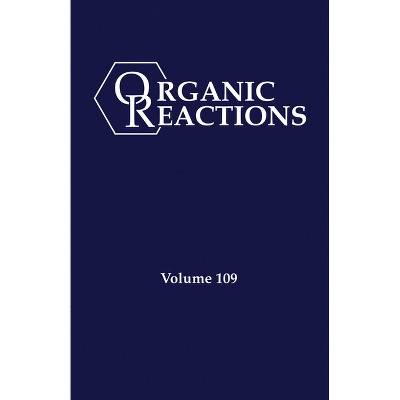About this item
Highlights
- Including countless exercises and worked examples, this advanced reference work and textbook will be extremely useful for the work of many industrial scientists.
- About the Author: After doing undergraduate work at Michigan State University, and graduate work at Stanford, Dr. Vannice did a post doc at Sun Oil Company before joining Exxon.
- 240 Pages
- Science, Chemistry
Description
Book Synopsis
Including countless exercises and worked examples, this advanced reference work and textbook will be extremely useful for the work of many industrial scientists. It teaches readers to design kinetic experiments involving heterogeneous catalysts, to characterize these catalysts, to acquire rate data, to find heat and mass transfer limitations in these data, to select reaction models, to derive rate expressions based on these models, and to assess the consistency of these rate equations.
From the Back Cover
This textbook contains all the information needed for graduate students or industrial researchers to design kinetic experiments involving heterogeneous catalysts, to characterize these catalysts, to acquire valid rate data, to verify the absence of mass (and heat) transfer limitations, to propose reaction models, to derive rate expressions based on these models and, finally, to assess the consistency of these rate equations.
Langmuir, Freundlich, and Temkin isotherms are derived and the former are used in Langmuir-Hinshelwood (and Hougen-Watson) models, as well as reaction sequences without a rate-determining step, to obtain rate expressions on uniform surfaces. In addition, rate equations based on non-uniform (Temkin-type) surfaces are examined as an alternative approach. The most recent technique to calculate heats of adsorption and activation barriers on metal surfaces, the BOC-MP approach, is discussed in detail. Methods to measure metal surface areas and crystallite sizes using x-ray diffraction, transmission electron microscopy and various chemisorption techniques are discussed. Different experimental techniques to determine the influence of mass transfer limitations, especially within the pores of a catalyst, are reviewed in detail, with a particular emphasis on liquid-phase reactions.
Many illustrations of these and other topics are provided along with numerous problems and a Solutions Manual for instructors. This book will be applicable to any graduate course in chemical engineering, chemistry or materials science that involves kinetics of catalytic reactions, including those catalyzed by enzymes.
About the Author
After doing undergraduate work at Michigan State University, and graduate work at Stanford, Dr. Vannice did a post doc at Sun Oil Company before joining Exxon. In 1976 he moved to Pennsylvania State University, where he remains. After holding the M.R. Fenske Professor of Chemical Engineering, he became the W.H. Joyce Chair in Chemical Engineering, which position he holds now.
Dr. Vannice belongs to ACS, AIChE, has served first as Secretary and then as Director of the New York Catalysis Society, and has served on the Board of Directors of, as the Vice-President of, and then as President of the North American Catalysis Society. He spent seven years as an Associate Editor of the Journal of Catalysis, and continues on its Editorial Board.
Dr. Vannice has received numerous honors from his colleagues, including the Emmett Award (North American Catalysis Society), the Humboldt Senior Research Award, and the Senior Fulbright Award.
Dr. Vannice has over 250 publications and 9 patents.












